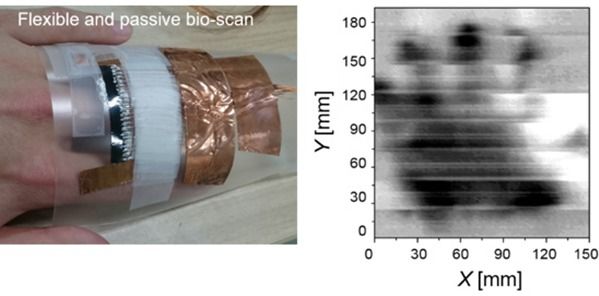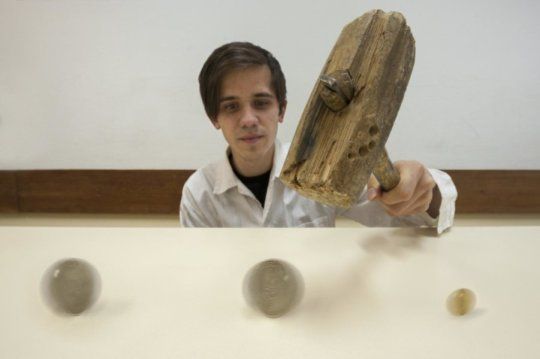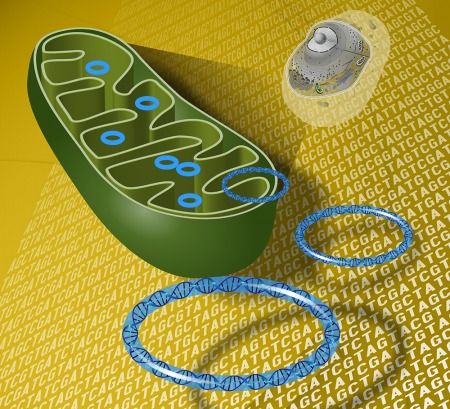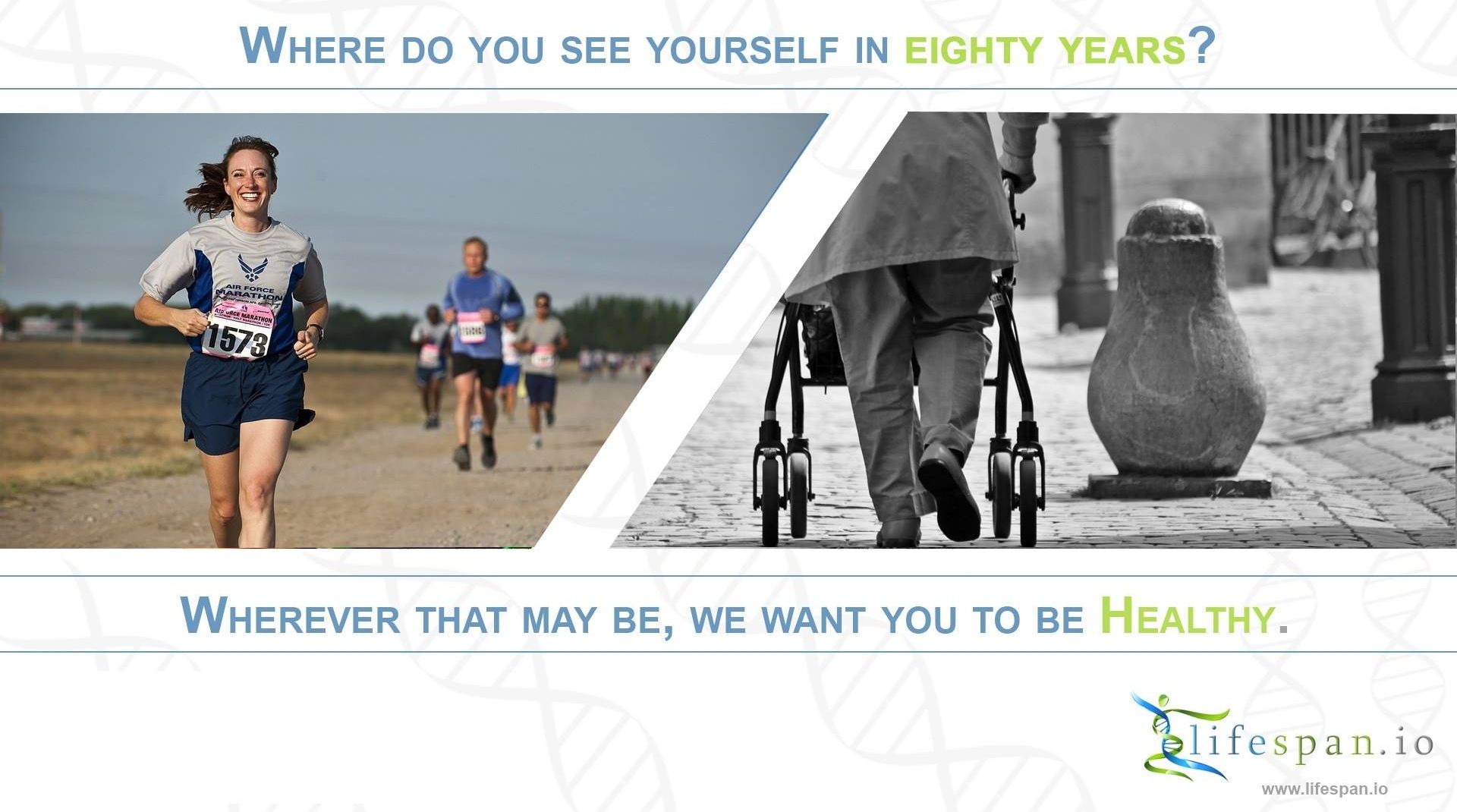Page 11024
Nov 22, 2016
What are Molecular Machines?
Posted by Karen Hurst in categories: economics, evolution, food, information science, internet, nanotechnology, robotics/AI
Machines lace almost all social, political cultural and economic issues currently being discussed. Why, you ask? Clearly, because we live in a world that has all its modern economies and demographic trends pivoting around machines and factories at all scales.
We have reached the stage in the evolution of our civilization where we cannot fathom a day without the presence of machines or automated processes. Machines are not only used in sectors of manufacturing or agriculture but also in basic applications like healthcare, electronics and other areas of research. Although, machines of varying types had entered the industrial landscape long ago, technologies like nanotechnology, the Internet of Things, Big Data have altered the scenario in an unprecedented manner.
The fusion of nanotechnology with conventional mechanical concepts gives rise to the perception of ‘molecular machines’. Foreseen to be a stepping stone into nano-sized industrial revolution, these microscopic machines are molecules designed with movable parts that behave in a way that our regular machines operate in. A nano-scale motor that spins in a given direction in presence of directed heat and light would be an example of a molecular machine.
Nov 22, 2016
Single photon converter: key component of quantum internet
Posted by Karen Hurst in categories: computing, internet, quantum physics
A Polish-British team of physicists has constructed and tested a compact, efficient converter capable of modifying the quantum properties of individual photons. The new device should facilitate the construction of complex quantum computers, and in the future may become an important element in global quantum networks, the successors of today’s Internet.
Quantum internet and hybrid quantum computers, built out of subsystems that operate by means of various physical phenomena, are now becoming more than just the stuff of imagination. In an article just published in the journal Nature Photonics, physicists from the University of Warsaw’s Faculty of Physics (FUW) and the University of Oxford have unveiled a key element of such systems: an electro-optical device that enables the properties of individual photons to be modified. Unlike existing laboratory constructions, this new device works with previously unattainable efficiency and is at the same time stable, reliable, and compact.
Building an efficient device for modifying the quantum state of individual photons was an exceptionally challenging task, given the fundamental differences between classical and quantum computing.
Nov 22, 2016
SpaceX wants to launch 4,425 satellites into space to bring super-fast internet to the world
Posted by Shailesh Prasad in categories: Elon Musk, internet, satellites
Free Satellite WiFi
Elon Musk’s SpaceX wants to launch thousands of satellites into space with the aim of providing super-fast global internet coverage, according to a regulatory filing.
SpaceX – the company on a mission to colonize Mars – outlined plans to put 4,425 satellites into space in a Federal Communications Commission (FCC) filing from earlier this week.
Nov 22, 2016
BGRF scientists publish seminal paper and announce project to develop biomarkers of aging
Posted by Steve Hill in categories: biotech/medical, information science, life extension, robotics/AI
New biomarkers for aging is good news for researchers!
“Given the high volume of data being generated in the life sciences, there is a huge need for tools that make sense of that data. As such, this new method will have widespread applications in unraveling the molecular basis of age-related diseases and in revealing biomarkers that can be used in research and in clinical settings. In addition, tools that help reduce the complexity of biology and identify important players in disease processes are vital not only to better understand the underlying mechanisms of age-related disease but also to facilitate a personalized medicine approach. The future of medicine is in targeting diseases in a more specific and personalized fashion to improve clinical outcomes, and tools like iPANDA are essential for this emerging paradigm,” said João Pedro de Magalhães, PhD, a trustee of the Biogerontology Research Foundation.
The algorithm, iPANDA, applies deep learning algorithms to complex gene expression data sets and signal pathway activation data for the purposes of analysis and integration, and their proof of concept article demonstrates that the system is capable of significantly reducing noise and dimensionality of transcriptomic data sets and of identifying patient-specific pathway signatures associated with breast cancer patients that characterize their response to Toxicol-based neoadjuvant therapy.
Nov 22, 2016
Turning back the aging clock
Posted by Steve Hill in categories: bioengineering, biotech/medical, genetics, life extension
SENS makes official comment on the excellent news about Mitochondrial repair from UCLA and Caltech.
So the big news is progress has been made on Mitochondrial repair. Our resident expert at the SENS Research Foundation, Dr. Matthew O’Connor of the MitoSENS project had this to say about the exciting news:
“New work from UCLA and Caltech has shown that a genetic pathway can be harnessed to selectively remove mutant mitochondria from the muscles of fruit flies. This work from Kandul et al is exciting because it raises the possibility of someday finding a way to control this genetic pathway in such a way to selectively delete mutant mitochondria. Further they did it in live flies in a tissue (muscle) where we are especially concerned about the impact of mitochondrial DNA mutations. Our ability to selectively control genetic pathways in non-genetically engineered animals (such as humans) is, however, extremely limited so it may be a long time before any clinical benefits can be realized from this research.” — Dr. Matthew O’Connor SRF
Nov 22, 2016
Proof Of Stake — By Fred Wilson | AVC
Posted by Odette Bohr Dienel in categories: bitcoin, cryptocurrencies
“One of the most interesting questions to me is whether we can figure out how to implement a proof of stake consensus mechanism in a large decentralized trustless public blockchain (ie Bitcoin, Ethereum, etc).”
Tag: blockchain
Nov 22, 2016
Electric Cars Are About to Dent Global Gasoline Consumption — By Jamie Condliffe | MIT Technology Review
Posted by Odette Bohr Dienel in categories: economics, energy, environmental
“A new forecast by the International Energy Agency claims that global gasoline consumption for passenger vehicles will decrease in the next five years.”
Nov 22, 2016
Carbon Nanotube Array Opens Door for Terahertz Radiation in Medical Practice
Posted by Roman Mednitzer in categories: biotech/medical, health, nanotechnology, security, wearables

Terahertz (THz) radiation is used today most prominently for security screening at the airport. It’s the machine you stand in with your hands up as it swings its scanning arms in front and behind you. In medicine, terahertz imaging has the potential to help diagnoze certain types of cancer and to monitor a variety of health parameters to aid in assessment of overall health. Because of the extremely short length of terahertz waves, this imaging modality has a lot of limitations, including shallow penetration into tissues, and that prevents it from being used more widely. Yet, since it’s non-ionising, it’s probably safe and may even replace dangerous X-rays for some applications.
Currently, terahertz imaging is very poor at scanning curved surfaces even though it can peer a few millimeters deep into some tissues. To overcome this, researchers at Tokyo Institute of Technology have developed a flexible and even wearable terahertz scanner that can image curved 3D surfaces such as our skin.
Continue reading “Carbon Nanotube Array Opens Door for Terahertz Radiation in Medical Practice” »
















